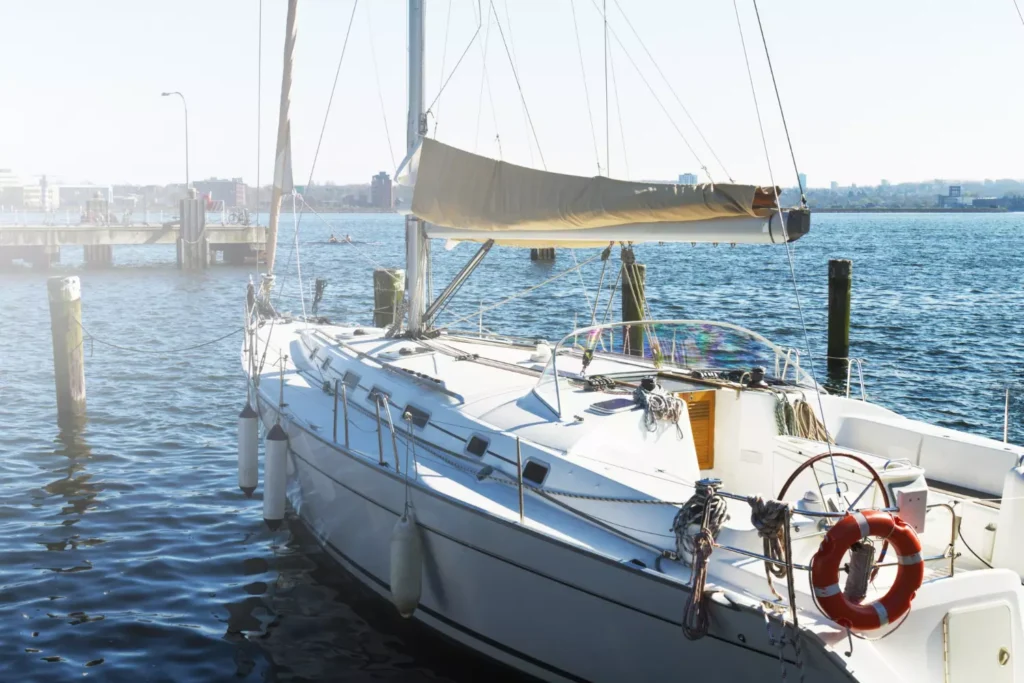Speak to a Vacation Planner
- Mon-Fri: 8am–8pm, Sat: 10am-4pm
- info@poseidonweek.com
Gran Canaria: A magical trip aboard a luxury yacht and sailboat, embark on an unforgettable adventure with Poseidon Week and discover the magic of Gran Canaria, the largest island in the Canary Islands. Enjoy 7 days and 6 nights aboard a luxury yacht, with everything included, and explore its impressive volcanic landscapes, its paradisiacal beaches and its rich culture.
No matter your travel style, Poseidon Week has the perfect package for you. Live unique experiences, discover new places and enjoy the best gastronomy aboard a luxury yacht and sailboat rental.
Gran Canaria is one of the Canary Islands of Spain, located off the northwest coast of Africa.
It is known for its white sand and black lava beaches:
Cenobio de Valerón: is an archaeological park located in the municipality of Santa María de Guía, in the Valerón ravine. It is a collective granary built and used by the island’s aborigines until the European conquest at the end of the 15th century.
Castillo de Mata: this ancient building is located in the city of Las Palmas de Gran Canaria and formed part of the old defensive walls of the city. It is also known as Castillo de Casa Mata or Cuartel de Alonso Alvarado. It was declared a Historic- Artistic Monument in 1949.
Roque Nublo Natural Monument: it is a monolith located in the municipality of Tejeda, considered an emblematic place of the island with impressive views. Since 1994 it has been protected by the law on Natural Spaces of the Canary Islands, as a natural monument of Roque Nublo.
Special Nature Reserve of the Maspalomas Dunes: a protected natural area located in the south of Gran Canaria, covering an area of some 400 hectares.
Jardín Botánico Canario “Viera y Clavijo”: this is one of the best botanical gardens in the Canary Islands, located in Tafira. It is the largest botanical garden in Spain, with a total area of 27 hectares.
Cueva Pintada Museum and Archaeological Park: located in the northwest of Gran Canaria, it was built on the remains of a Canarian aboriginal settlement. Visitors can see the excavation work from a large walkway that surrounds the settlement. It was declared a Historic-Artistic Monument in 1972.
Casa Museo Colón: located in the district of Vegueta, in Las Palmas de Gran Canaria. It exhibits paintings from the 16th to the 19th century, with special emphasis on Pre-Columbian America. A key reference point is the voyages of Christopher Columbus.
Casa Museo Pérez Galdós: it is located in the Triana neighbourhood of Las Palmas. It has two central courtyards and a building that reflects the popular Canarian architecture of the 19th century. It has several rooms that exhibit the photographs, furniture and works of art of the novelist Pérez Galdós.
Museo Elder de la Ciencia y la Tecnología:this museum is located in the Parque de Santa Catalina in Las Palmas. It offers various workshops and exhibitions on mathematics, biology, astronomy, geology, physics and other fields of science. It is ideal for children, with entertaining and educational exhibitions.
We are Poseidon Week, an innovative company dedicated to sailing on the Mediterranean coasts of Spain. We offer attractive special tourist packages and sail boat activities, with routes and itineraries to choose from for sailing in the Balearic Islands, Canary Islands and Spain.
Poseidon Week is the ideal choice for all kinds of celebrations, corporate activities, excursions and water sports, for entertainment, adventure and fun.
Poseidon Week is a tourist boat company that offers boat rentals or a place on board to sail, tour and enjoy the beautiful Spanish islands for 7 days. It has 6 routes or tourist destinations, as well as 10 special package options to choose from. Just follow these simple steps


Subscribe to our newsletter and find out about our next destinations, offers and blog articles.